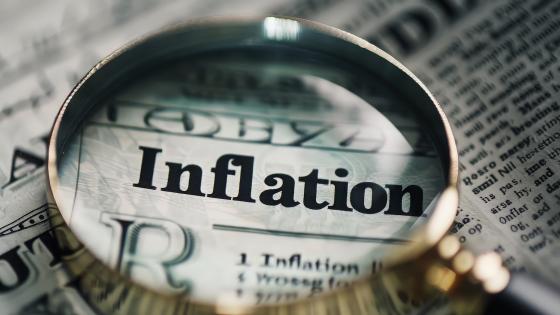DP18792 Seeing and Hearing is Believing: The Role of Audiovisual Communication in Shaping Inflation Expectations
This paper presents novel causal evidence on the relationship between various communication channels employed by central banks and households' expectations about future inflation. In a pre-registered randomized survey experiment administered in 2022, we examine adjustment of inflation expectations when confronted with a press conference statement by the president of the European Central Bank (ECB) articulating the bank's commitment to a 2% inflation target. First, we replicate previous literature showing that respondents update toward the inflation target. Second, we show that the medium of communication matters, holding the target message constant: Relative to a text transcript, audiovisual mediums (audio, photograph, or video) strengthen updating toward the target. In particular, dynamic mediums that communicate the target through multiple sensory channels (audio and video) are most effective in moving inflation expectations. In an analysis of mechanisms, we can rule out increased attentiveness to the survey and increased trust in the ECB as pivotal drivers of these effects. In a heterogeneity analysis, we find that economically less-informed respondents (those consuming less economic news) are more responsive in updating to audiovisual mediums. Overall, these results suggest that the use of audiovisual communications technology improves the information quality of central bank messaging and makes that messaging easier to process for less-informed households.

